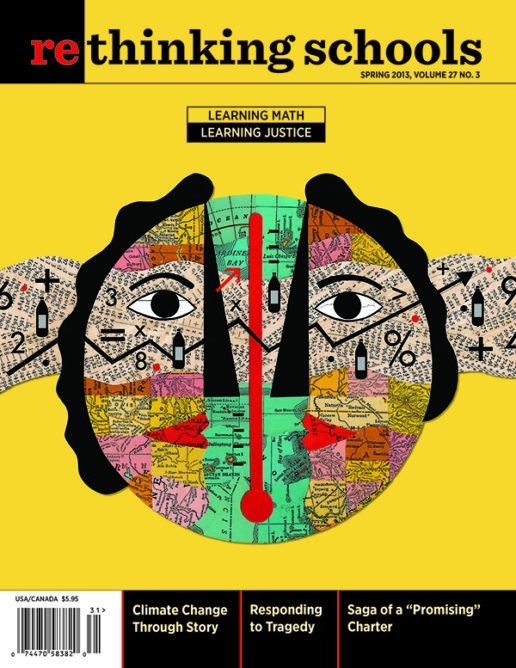Resources 27.3
DVDS
Here are three titles from the Video Project, a distributor of excellent films dealing with urgent environmental themes.
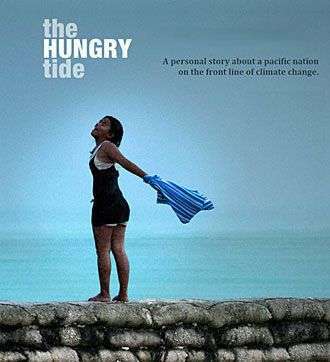
The Hungry Tide
By Tom Zubrycki
(Video Project, 2012)
videoproject.com
53 min.
The Hungry Tide focuses on the life and work of Maria Tiimon, a climate activist living in Australia. Tiimon is from Kiribati (see “Paradise Lost,” p. 54), a chain of small islands in the Pacific that is already suffering from the effects of global warming. The Hungry Tide is many films at once, which makes this an especially valuable classroom resource. It’s an intimate story of how climate change is affecting Kiribati, a place we visit with Tiimon after her mother dies and, later, when her father becomes ill. It’s the story of recent climate conferences in Copenhagen and Cancun, and the attempt of island nation activists like Tiimon to speak truth to wealth and power. And it is about the choices being made daily by climate victims—to stay and move farther inland, to relocate to another island, or to flee to a so-called developed country. Throughout, Tiimon is a warm and open guide, inviting viewers into her family, her culture, and her struggles.
Forces of Nature: Stories from the Brower Youth Awards (Vol. 2)
New Leaders Initiative of the Earth Island Institute
(Video Project, 2012)
videoproject.com
51 min.
For those of us concerned that teaching about the enormity of the world’s environmental crises might defeat rather than motivate students, here is a tailor-made resource. In short—four- or five-minute—segments, Forces of Nature introduces us to Brower Youth Award winners. These inspiring young people are not organizing classroom recycling programs: They fight mountaintop removal coal mining in Appalachia, work for green corridors and against nature-wrecking hotel development in Puerto Rico, develop organic youth-run farms in north Philadelphia, work on the Menominee reservation in Wisconsin to revitalize the Menominee language and traditional foods, and seek to ban the use of rainforest-destroying palm oil in Girl Scout cookies. These mini-films can be used in class separately or as a whole to show students diverse ways that young people make a difference.
Nuclear Savage: The Islands of Secret Project 4.1
By Adam Jonas Horowitz
(Video Project, 2012)
videoproject.com
60 and 87 min.
This is a disturbing film that helps students grasp how U.S. nuclear testing in the Marshall Islands, beginning in 1946, “terrorized and traumatized” people there, in the words of a Marshallese government official. It’s hard to overstate the racism and depravity of U.S. officials who intentionally treated Marshallese—especially those from the island of Rongelap—as human guinea pigs. In 1956, Merril Eisenbud, director of the U.S. Atomic Energy Agency’s health and safety laboratory, described the government’s plans for sending Marshallese back to Rongelap, just three years after the largest nuclear test in history: “That island is by far the most contaminated place on Earth and it will be very interesting to get a measure of human uptake when people live in a contaminated environment.” Eisenbud added, “While it is true that these people do not live the way Westerners do, civilized people, it is nevertheless also true that these people are more like us than the mice.” Nuclear Savage not only chronicles the experimentation on the Marshallese but also introduces us to individuals who continue to work for justice. It’s a film that needs to be a staple in U.S. and modern world history curricula.
CURRICULUM
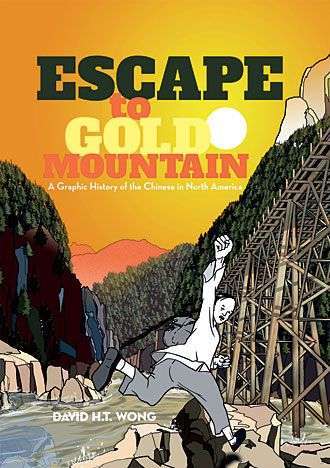
Escape to Gold Mountain: A Graphic History of the Chinese in North America
By David H.T. Wong
(Arsenal Pulp Press, 2012)
escapetogoldmountain.com
240 pp., $19.95
In this remarkable graphic novel, writer and illustrator David H.T. Wong tells us that the Chinese didn’t distinguish between Canada and the United States when they referred to Gam Saan (Gold Mountain—the Chinese term for North America). That blending of U.S. and Canadian history is one of the delightful and unusual aspects of this important book. Told as the history of the Wong family, this accessible volume offers readers a panoramic but also an intimate look at the Chinese experience in North America. No doubt, this is a story of racism, exploitation, and violence; but it’s also a story of warmth and solidarity.
NOVELS
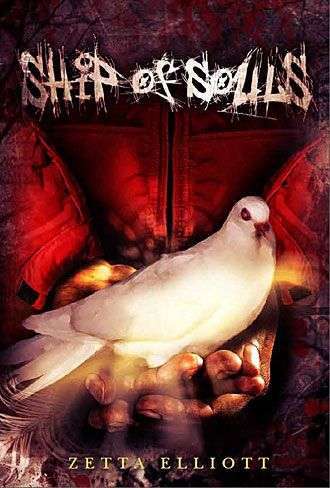
Ship of Souls
By Zetta Elliott
(AmazonEncore, 2012)
132 pp., $10
Imagine a sophisticated mix of the Magic Tree House series with science fiction, magical realism, adventure stories, rites of passage, and a people’s history of the Revolutionary War and slavery. You end up with a gripping young adult book called Ship of Souls. In both Ship of Souls and Elliott’s earlier A Wish After Midnight, the protagonists are Brooklyn teenagers facing typical complications with family and school. They are whisked away on a magical trip into the past, where the harsh realities of the Civil War (Wish After Midnight) and Revolutionary War (Ship of Souls) are revealed. In Ship of Souls, the protagonists are asked to help the dead from the African Burial Ground to find safe passage. Among the many interesting aspects of both books are the placement of slavery in the North, and the invitation to learn more about these historic events and their contemporary relevance.
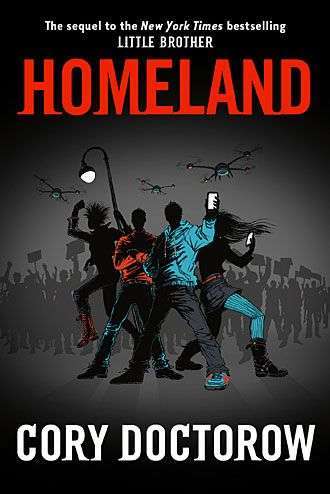
Homeland
By Cory Doctorow
(TorTeen, 2013)
400 pp. $17.99
In this sequel to Little Brother, Doctorow continues to write cutting-edge 21st-century realistic fiction. Marcus Yallow (a high school student in Little Brother) is given a flash drive of WikiLeaks-like documents and has to figure out how to expose the contents before he and the flash drive are destroyed. Doctorow weaves in contemporary issues: the military-industrial complex, internet privacy, election finances, and extraordinary rendition. At one point, Marcus talks with a political candidate who says: “You’ve got ‘progressive’ Democratic presidents who believe it’s legal to assassinate American citizens overseas, who think we should all be spying on phone calls and email without warrants.” The book is written for the internet generation. If you grew up with a landline phone and typewriter, have your students read Homeland and then explain it to you.
PICTURE BOOK
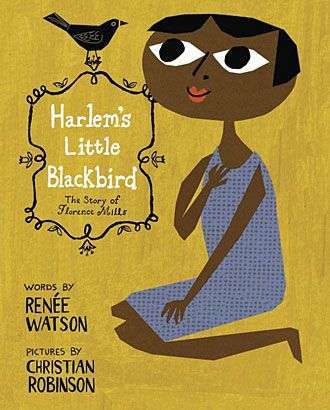
Harlem’s Little Blackbird: The Story of Florence Mills
By Renée Watson, illustrations by Christian Robinson
(Random House, 2012)
40 pp., $17.99
In this beautifully illustrated picture book, Renée Watson tells the story of Florence Mills, a singer who used her voice to fight against racism in the early 20th century. Watson’s lyrical prose provides poetic images that sing as clearly as Florence Mills. When Florence discovered that her friends were not allowed to attend her performance because the theater was a “whites only” establishment, Mills refused to perform: “Florence used her voice to stand up for what’s right. ‘If they can’t go in there, I’m staying out here!’” Watson includes several incidents that depict both the racism of the times and Mills’ determination to use her position and talent to fight back. The story of segregation and the Harlem Renaissance are told in age appropriate ways that encourage young readers to ask questions about the times.
At the end, Watson brings the message home:
Florence’s dream lives on in the singers and dancers who came after her. It lives on in the heart of every boy and girl from a teeny-tiny, itsy-bitsy place who dreams of doing great big, gigantic, enormous things.

